Benjamin West
Benjamin West (1738-1820) is arguably one of the most renowned of all neoclassical artists. He was born in Springfield, Pennsylvania before traveling to London where a majority of his paintings were completed. West used the oil on canvas medium for most of his paintings due to the rich depth of color provided by oil paints. Today, West is remembered for his contributions to the Neoclassical Movement and hailed for being among the founding members of the English Royal Academy. Apart from serving as a leading figure in the Neoclassical Movement, West is also credited for creating a narrative form of painting which incorporated scenes from daily contemporary life (Grossman, 2015). He also delved into ancient mythology and religious themes evident in some of his most iconic paintings. A majority of the paintings completed by West at the peak of his career also depicted current political events while underscoring patriotism. The Death of General Wolfe is Benjamin West’s most quintessential painting. It depicts the purported death of General Wolfe at the Battle of Quebec (1759), a contemporary event at the time. West’s greatest challenge was being accepted among top-notch neoclassical painters, especially since he hailed from Colonial America. Nevertheless, he is still remembered for introducing the innovative technique of expressing historical events in paintings.
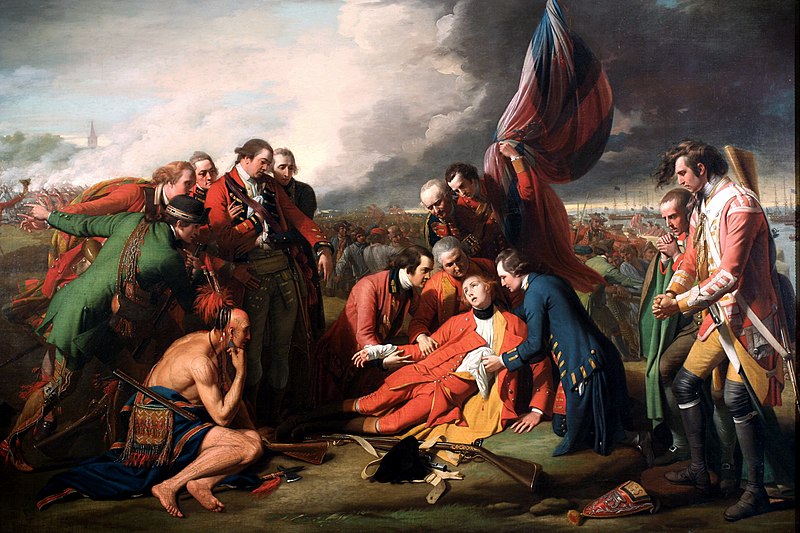
Henri Fuseli
Henri Fuseli (1741-1825) is still hailed as the most prominent individual within the Romanticism movement. Born in Switzerland, Fuseli immigrated to Britain where he went on to paint some of his most popular pieces. Fuseli’s preferred medium was oil on canvas due to its inherent flexibility during the painting process. Furthermore, he became a prime contributor to the Romanticism Movement by translating and evaluating “Reflections on the Painting of the Greeks” originally authored by Johann Joachim Winckelmann. It was also here that his interest in art first became apparent and where he famously suggested the importance of a union between literature and romantic art. Fuseli soon realize his dream by producing art portraying important scenes from Shakespearean plays performed by the London Theatre. He also contributed to support the movement by capturing highly emotive, spiritual, and evocative art with the primary intention of appealing to viewer’s sentiments. Additionally, Fuseli expanded the scope of Romantic art by including revolution and religion as major themes. The Nightmare (1781) is Fuseli’s most popular painting which shows a sleeping woman in the context of a nightmare. The painting’s romantic elements are evident in its theme of dreams, nightmares, and mysteries which were common within the movement. Fuseli’s greatest social challenge was getting the public to accept his artistic expression since it was criticized for being overtly sexual. However, his works are now accepted as precursors of Freudian ideas regarding automation and the human subconscious.
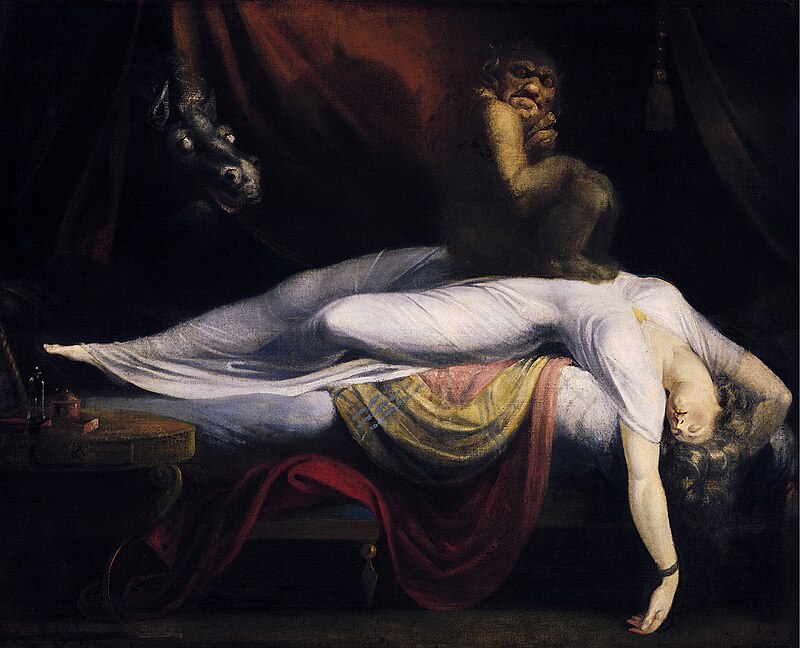
Alfred Sisley
Alfred Sisley (1839-99) was one of the main exponents of impressionism and its foremost supporters. He was born into a poor Parisian family but later surmounted this initial challenge by triumphing in his unique art form before becoming a British citizen. However, he preferred to remain in his native France where his best-known works were completed. Sisley also relied on oil paints as a medium for his paintings due to their consistency since the color does not change after dying. Oil paints also made it easier for Sisley to predict what a finished impression would look like since the appearance typically remained the same. Sisley particularly contributed to impressionist landscape painting owing to his dedication to this nascent genre. He spent numerous hours in the English countryside in the summer of 1874 with the primary intention of fulfilling his artistic needs and depicting landscapes encountered along the way. Today, Sisley is regarded as one of the most stable impressionist in the European scene due to his unwavering devotion to the landscape en plein air art form. Molesey Weir at Hampton Court Morning (1874) is one among Sisley’s catalogue of impressionist landscape paintings. The painting captures the splendid splash of water from River Thames as it flowed undisturbed into Mosley Rock. Key elements of paintings in the impressionist movement are evident in the artist’s ability to recreate a river scene witnessed at that same exact location. Sisley’s greatest challenge was being accepted fully by his fellow countrymen since he was often viewed as an outsider for also being a British citizen.

Emile Henri Bernard
Emile Bernard (1868-1941) was among the first artist, among his contemporaries, to lean towards Post-Impressionism. He was born in Lille, France and spent the better part of his life as a young adult traveling around country to hone his artistic inclinations. It was also during this period that he met Paul Cézanne and Vincent van Gogh who provide him with a sense of artistic direction. Bernard used oil paints as his primary medium of choice due their varied applicability on different types of canvas. He also bolstered the Post-Impressionist movement by developing the synthetist and cloissonnism technique which applying bold forms demarcated by darker contours within a work of art (Shone & Art, 2016). Barnard introduced this particular technique with the primary aim of appealing to his audience’s sense of conception by directly engaging their internal memory. Madeleine in the Bois d’Amour (1888) is an example of the artist’s post-impressionist mastery. The painting depicts a young ailing woman lying on her back near a forested field at Bois d’Amour. Post-impressionist elements are evident in his portrayal of real-life problems facing individuals at the time. The main challenge faced by Bernard was not being credited by Paul Gauguin as the originator of pictorial symbolism. Nevertheless, he is still remembered for being a critical force in the evolution of contemporary art forms.

André Derain
André Derain (1880-54) is remembered for co-founding the Fauvism movement, with his contemporary Henry Matisse, and actively participating in Expressionism. He was born in Chatou, Yvelines, Île-de-France, where he perfected his craft before moving to Southern France where he could focus exclusively on art. Like many of his counterparts, Derain used oil on canvas as his main medium due to the ease in which realistic transitions could be made based on a longer dying time. This particular medium allowed him to incorporate color transitions in his paintings which ultimately made it possible to revise concepts in the initial piece. Derain contributed to Fauvism through his prolific artistry that featured ground-breaking paintings. He adopted a novel technique where he relied on elaborate unnatural colors to represent a shift in style. Darin created a series of paintings depicting different sites and monuments in London to announce the inception of Fauvism and Expressionism. The House of Parliament (1906) is among his most noble piece from this collection. It features a painting of the Thames, with the House of Parliament clearly visible in the background. The use of atypical colors which alienated color from its traditional representation litters the painting’s artistic landscape and responsible for creating a robust unified piece. Derain’s greatest challenge was the Nazi occupation of France (1940-44) during Fauve works were seized and sold to degenerate French art. Yet, he continued to exhibit Fauve art in defiance to the Nazi occupiers and the incumbent Vichy government in France.
Fig 5. The House of Parliament (1906) by André Derain (Cleveland Museum of Art, 2020).
Alice Bailly
Alice Bailly (1872-1938) is famous for being among the first wave of female artists to dabble in the Cubism and Futurism artistic movement. Born in Geneva, Bailly relocated to Paris due to limited opportunities thrive as an artist back in Switzerland. She later met numerous avant-garde artists in her new locality while on a quest for inspiration. Bailly was an oil paint enthusiast who was attracted to the medium’s proficiency in ensuring colors always remained true to form without any arbitrary shifts. She famously contributed to the Cubism and Futurism movement by evaluating works in fauvism and cubism before applying slight alterations. Bailly went on to adopt the use unrealistic anatomy and intense colors to improve the quality of paintings produced within the movement. She later identified Futuristic aesthetics as a new frontier where she could exert her influence. Bailly is also credited with developing modern performance art by introducing Dada into the mainstream. Her Self Portrait (1917) painting is widely regarded as her magnum opus. Here, Bailly paints herself in a three-quarter-turned stance with clear evidence of personal iconography, illogical juxtapositions, and distorted images which are the three main defining characteristics of Cubism and Futurism art. Mounting pressure to paint iconic murals for the Theatre of Lausanne was her greatest challenge. It resulted in extreme enervation and ultimately led to her untimely death.
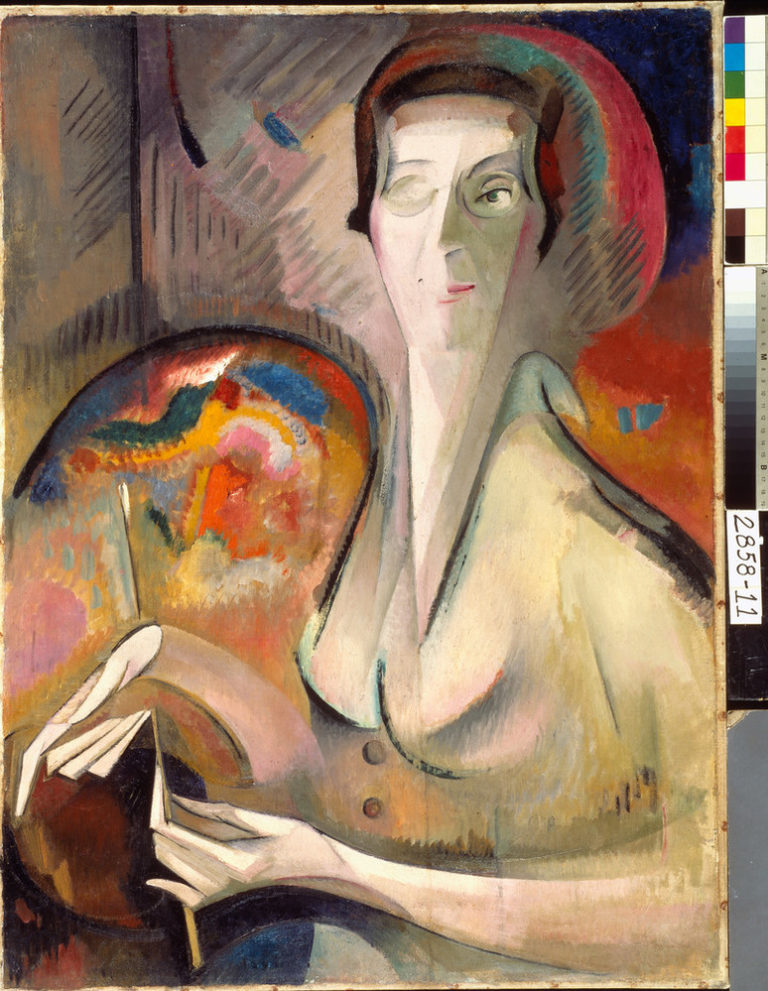
Hannah Höch
Hannah Höch (1889-1978) was a leading figure in the Dada and Surrealism artistic movements. She was born in Gotha, Germany where she developed her artistic skills after attending the prestigious college of Applied Arts in Berlin. Höch created a majority of her best works in Germany during the tumultuous Weimer period. She relied on photographs as her main medium and used them to create diverse photomontages with insightful connections. Höch (1889-1978) contributed to the Dada and Surrealism artistic movement by introducing the amalgamation of diverse photographic elements to produce a unique creations (Ades et al., 2014, p. 33). Furthermore, she expanded the idea that her creations were derivatives of art since they combined basic constituents of popular culture. Cut with the kitchen knife dada through the last Weimar Beer-Billy cultural epoch in Germany (1919) is her most celebrated photomontage. It comprises of magazine and newspaper cuttings which depict the prevailing political situation in Weimar Germany after the First World War (1914-19). Elements of Dada and Surrealism are evident in the photomontage particularly in the artist’s reliance upon her subconscious creativity and unexpected juxtapositions. However, the war effort hindered Höch’s artistic endeavors since she had to grapple with state-sanctioned censorship due to her unrelenting critique of socially constructed roles for women.

Joan Mitchell
Joan Mitchell (1926-1992) is still recognized for her monumental role in the development of Abstract Expressionism and Pop Art. Born in Chicago in the American Midwest Mitchell proceeded to The Art Institute of Chicago and Smith College to fine-tune her inherent proclivity to creating art. However, most of her best-known works were produced in France where she moved to in search of insight from gifted female painters. Mitchell’s paintings were completed using oil on linen as the main medium due to the strength and durability of its surface. She contributed to the Abstract Expressionism and Pop Art movement by introducing a commercial aspect to art. She encouraged fellow artists within the movement to auction their art in a bid to bolster influence and popularity. City Landscape (1955) is her most prevalent creation in which she uses color to depict the effervescence of the Chicago metropolis. Fundamentals of Abstract Expressionism and Pop Art are evident in the piece through the artist’s reliance on transcendent expressions and sheer authenticity. Mitchell’s failing health, occasioned by bouts of oral cancer, was her greatest physical challenge; although she still managed to hold exhibitions at the Museum of Modern Art.
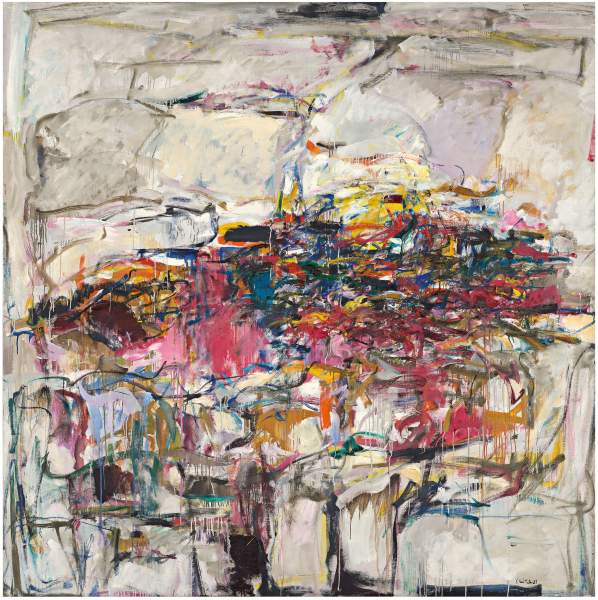
Robert Ryman
Robert Ryman (1930-2019) was the epitome of the Minimalism and Post-Minimalism art movement. He was born in Nashville, Tennessee and took up art after serving as a security guard at the Museum of Modern Art. Ryman relied heavily on oil on canvas as a medium for his artistic expression due to its dependability. It is also noteworthy to acknowledge that Ryman created the bulk of his artistic pieces in the United States. He also contributed to the growth of the Minimalism and Post-Minimalism movement by promoting its influence through offshoots such as conceptual art. Untilled (Orange Painting) is Ryman’s most acclaimed piece art completed in 1955. It features a mundane monochrome painting which is typical of Minimalism and Post-Minimalism art’s use of simple conceptual reference points. The death of Ryan’s first wife was one of the most challenging events in his life. Nevertheless, he used this experience to gain inspiration and in the creation of interesting artistic illusions.
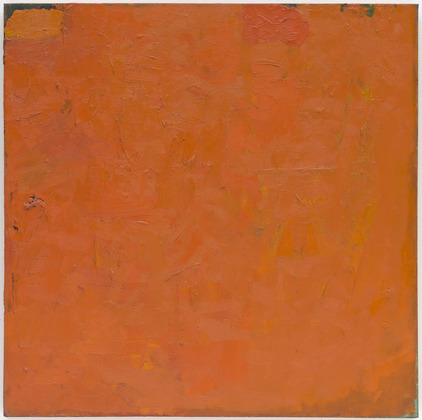
Yasumasa Morimura
Yasumasa Morimura (1951- ) is a contemporary artist known for inclination to Post-Modernism and Deconstructivism. He was born in Osaka, Japan and attended the Kyoto City University of Arts before moving to the United States where he created most of his notable works. Morimura creates self-portraits through high-tech digital process which entail dressing up as notable historical figures before creating a visual overlay. He is currently regarded as the principal contributor to Post-Modernism through his creation of moving art which questions cultural identity at the core of major societies (Falconer, 2017). Self-Portraits through Art History (What Leonardo’s Face Says) is Morimura’s most iconic creation. It features the artist’s superimposed face on Leonardo Da Vinci’s self-portrait. The use of appropriation in the aforementioned piece is one of the most overt evidence of Post-Modernism and Deconstructivism. One of the major challenges faced by the artist has been his quest to convince a skeptical public to accept his fringe creations as pieces of artistic creation.
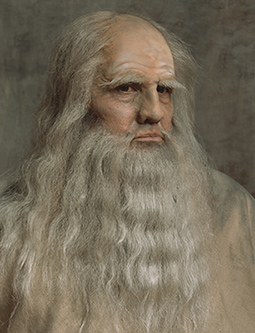
Conclusion
Art is a unique form of expression which has evolved and transformed greatly over time. Benjamin West, Henry Fuseli, Alfred Sisley, Emile Bernard, Andre Derain, Alice Bailly, Hannah Hoch, Joan Mitchell, Robert Ryman, and Yasumasa Morimura are artists in their own right who have greatly contributed to a wide array of artistic movements. Each artist relies on an exceptional approach to communicate sophisticated messages through art.
Get Your Custom Paper From Professional Writers. 100% Plagiarism Free, No AI Generated Content and Good Grade Guarantee. We Have Experts In All Subjects.
Place Your Order Now